|
Success criteria provides clarity to both teachers and students about what is to be achieved during a sequence of learning. As Nick Hart explains 'in most situations, it is better to have clarity rather vagueness'. Which is reason enough for success criteria to exist in most, if not all, lessons. Clarity helps students understand what is expected of them and guides them towards achieving learning objectives or intentions - whatever you like to call it.
However, picture being sat in the car on your first day of your driving lessons and being told that today's objective is to find the 'biting point'. For many driving novices, this objective will mean nothing without context. In contrast, if the instructor sits in the driving seat, pushes down on the accelerator, and lifts the clutch slightly so that the car leans forward, and then says, "Today, you are going to learn how to do this," we have clarity! Too often, success criteria are shared with little context or meaning for students who are most probably novices in the subject that we are teaching. By presenting success criteria in a more dynamic and relevant medium, meaning can be made and links can be made to prior learning. Success criteria need to be made domain, subject, and age group specific. It is well worth thinking carefully about this when planning lessons.
0 Comments
Retrieval practice is a powerful learning strategy that enhances students' long-term retention and strengthens their ability to recall and apply knowledge. By actively retrieving information from memory, students engage in a process that boosts learning and reinforces connections in their brains. In this blog post, I share methods that I have seen working well in Primary.
As a teacher, capturing and maintaining your students' attention is crucial for effective teaching and learning. Understanding the complex relationship between hormones like dopamine and cortisol, and attention can assist with lesson planning. Dopamine, associated with pleasure and reward, plays a critical role in reinforcing positive behaviours and enhancing immediate attention. In contrast, cortisol, the "stress hormone", can either enhance or impair short-term attention depending on its level. By leveraging this knowledge, teachers can create a learning environment that promotes optimal learning and memory performance, and helps students maintain focus and engagement in the classroom. But what is the connection between dopamine, cortisol, and attention, and how can this knowledge be applied to teaching practices to keep students engaged and attentive?
Artificial Intelligence (AI) is already rapidly changing the education landscape. Not too long ago, ChatGPT was and still is, the talk of the town for both positive and negative reasons. The tool, from OpenAI, lets you type questions using natural language, to which the chatbot gives conversational answers. Educators were instantly playing around with the tool - asking the AI tool to write student reports, motivational emails to staff and plan lessons for their students.
While there was much debate online, there is no getting away from the fact that AI is here to stay and is going to heavily influence the role of educators in the future. And for me, there are some very exciting opportunities ahead. Teaching is a humanistic profession, that is why I love it! But the work-load issue is taking teachers away from being just that. Teachers have become content creators - spending far too long on generating reports, writing feedback, creating presentations and resources. AI has the power to remove, or at least support much of this creation, allowing teachers to focus on curating and delivering content in a personlised and human-centered way. Here's how: I have worked with Century for the past 3 or 4 years both as an Ambassador and as a Primary School Leader. Through the latter, I have worked with teachers to embed Century Tech, an online learning tool, into the Primary classroom to truly integrate teaching and learning with technology. We are still on this exciting journey but I thought I would share our progress so far...
Effective feedback is essential for pupils to make progress, but in many schools written feedback has become disproportionately valued and unnecessarily burdensome. The emphasis needs to be on the impact of feedback instead of how the feedback has been provided. This is not to say that all marking should be eliminated, but it should be proportionate, and the quantity of feedback should not be confused with the quality and impact it has on student learning. I have been on a journey in my current school to review and redirect our Feedback Policy which has led to us creating a guide for teachers. I thought I would share this guide with you.
Both in the UK and across the globe, schools had adopted the CAT4 test which measures student's four main types of ability known to make a difference to learning and achievement. CAT4 provides an independent perspective on potential pupil achievement that can be used to identify and reveal a child's true hidden potential. But once you have done the assessment what do you do next? What do all the numbers mean and how can we analyse them at a deeper level to really gain a better understanding of our children? Moreover, how do we know if we need to do things differently in the classroom?
I had the pleasure of being one of seven presenters on a recent episode of LearnLiveUAE. I spent 7 minutes sharing some practical ideas of how to develop metacognition within the Primary classroom.
High Performance Learning, Century and WAGOLL Teaching joined together to share with teachers their top tips on boosting metacognition in Primary.
|
SearchWith a keen interest in the neuroscience and psychology of learning, WAGOLL Teaching is about sharing research alongside great, simple teaching ideas to a global teaching community.
Ben has been in education for over 10 years and is passionate about simplifying high quality teaching and learning through innovative and practical approaches in the classroom. sUBSCRIBE |
|
Who are we? |
With a keen interest in the neuroscience and psychology of learning, WAGOLL Teaching is about sharing research alongside great, simple teaching ideas to a global teaching community.
|
All copyright reserved ©.
I would like to remind all visitors to this website that all pages on this site are copyright protected, unless stated. Most importantly, this site is for the use and enjoyment of all children, parents, guardians, carers and teachers who are involved in WAGOLL Teaching. Please use the resources/ideas as you need without replicating them for your own gains.
I would like to remind all visitors to this website that all pages on this site are copyright protected, unless stated. Most importantly, this site is for the use and enjoyment of all children, parents, guardians, carers and teachers who are involved in WAGOLL Teaching. Please use the resources/ideas as you need without replicating them for your own gains.


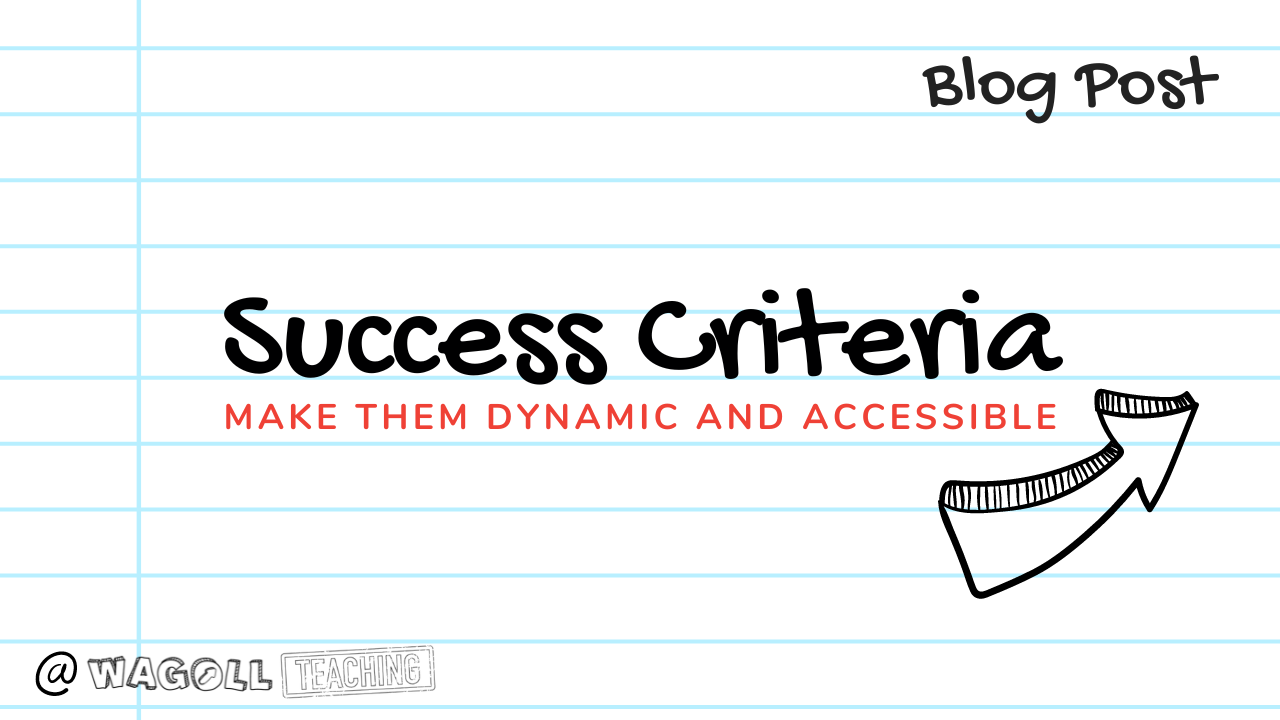
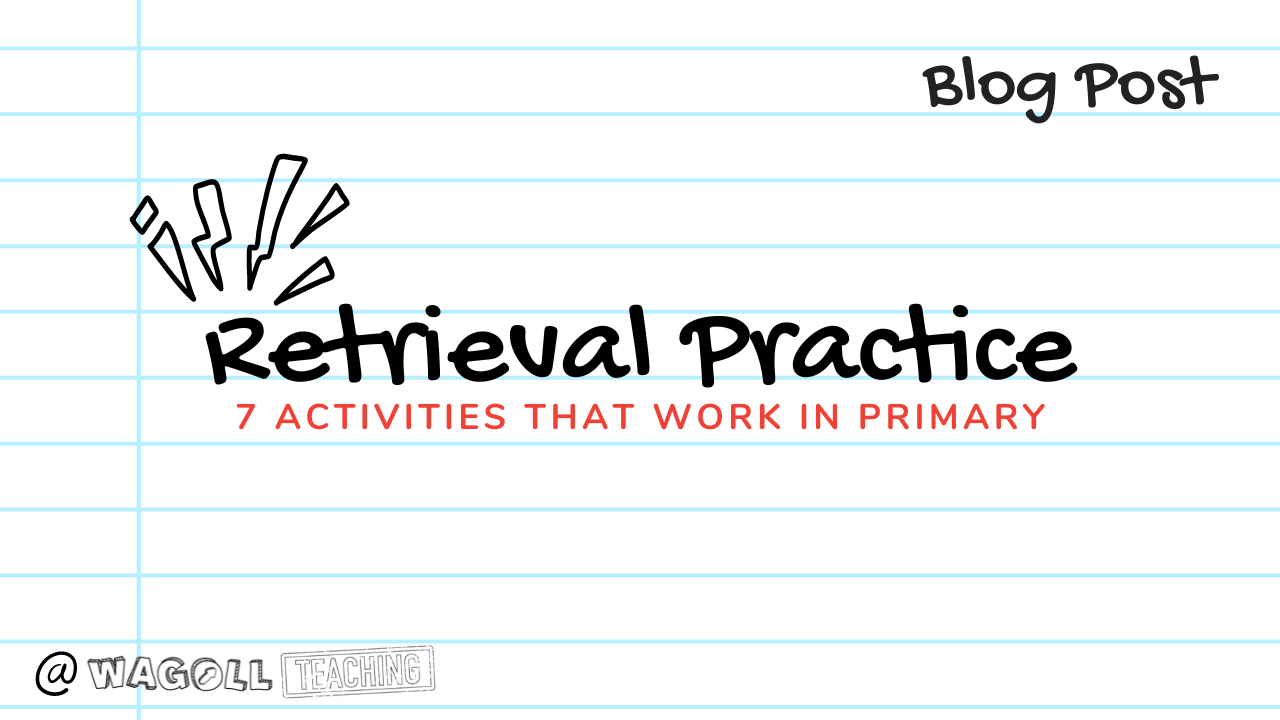
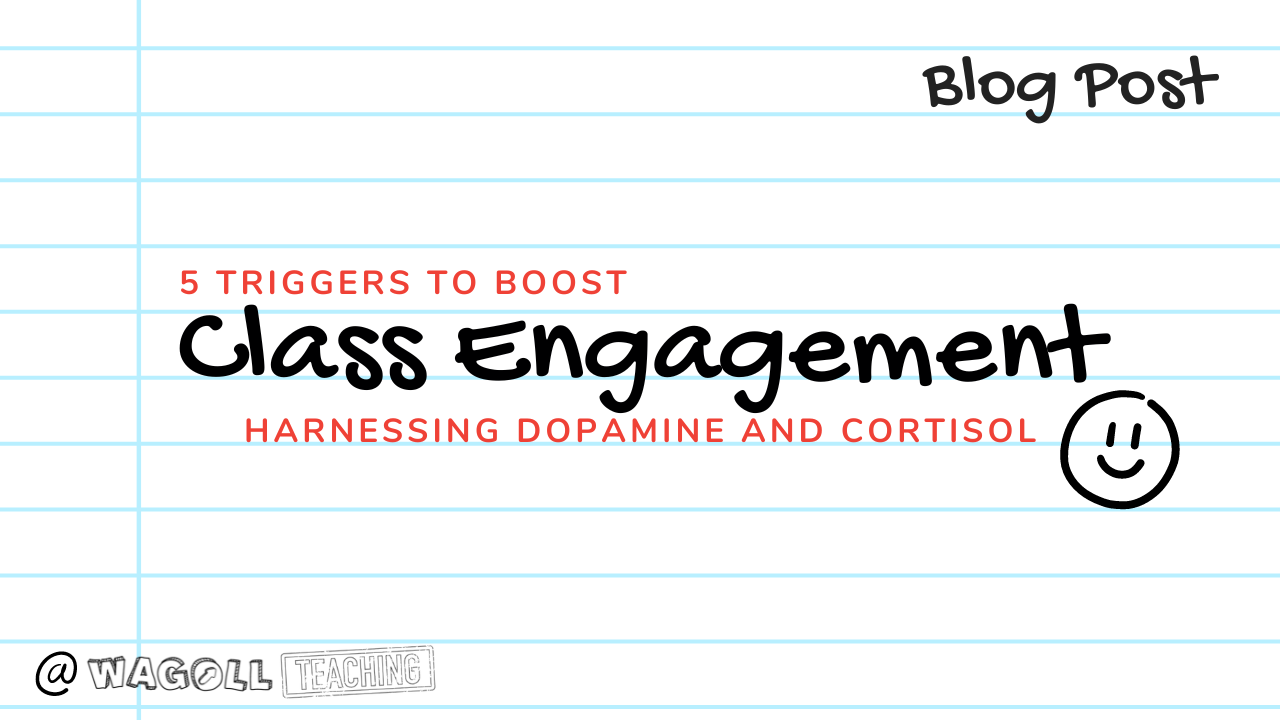
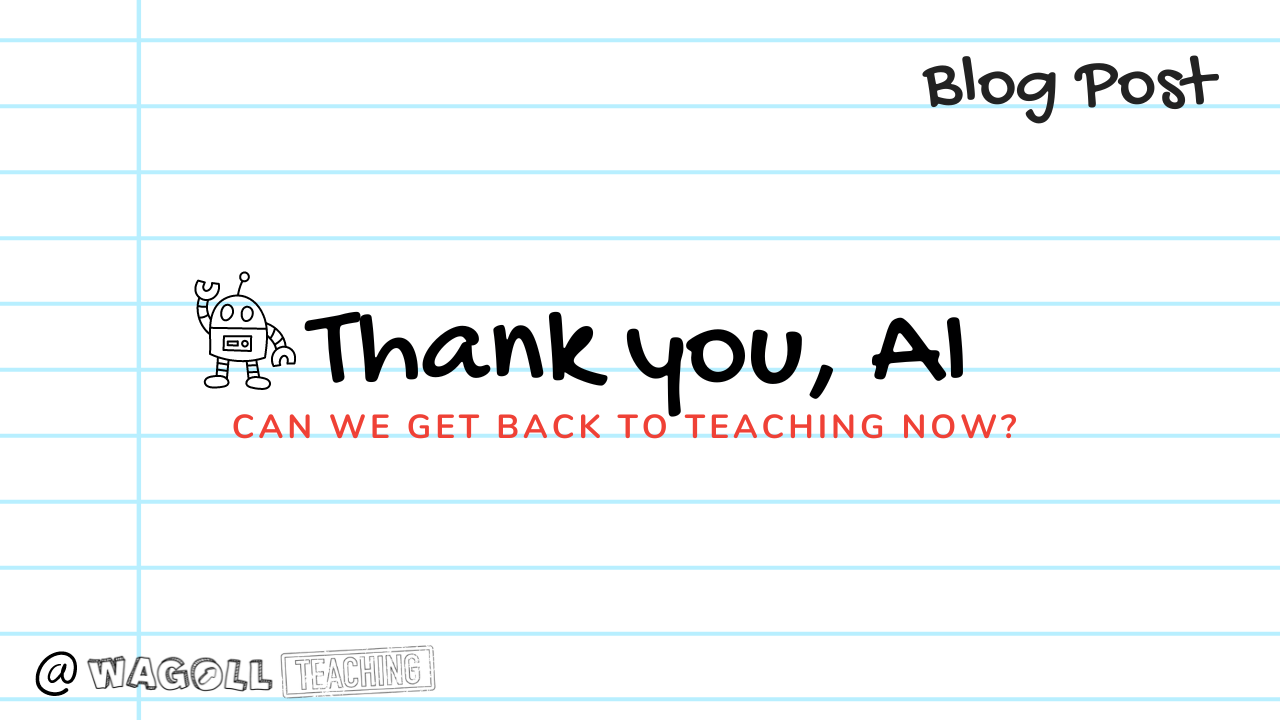
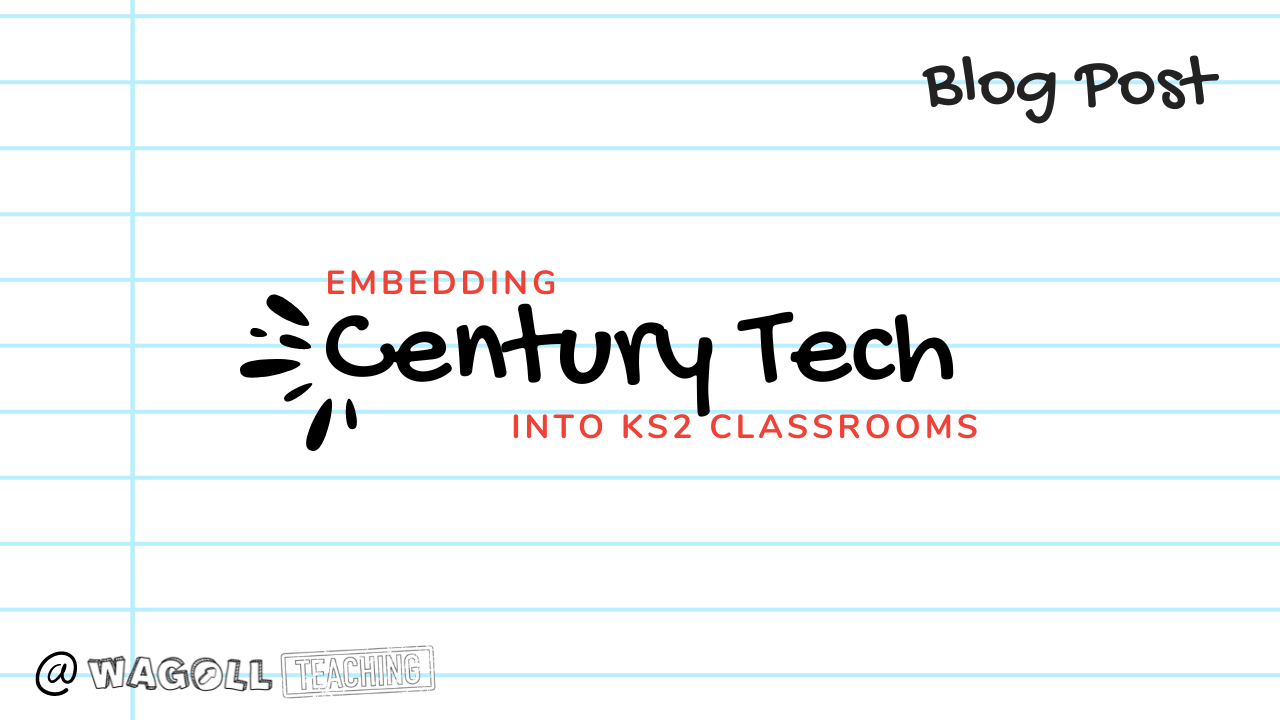
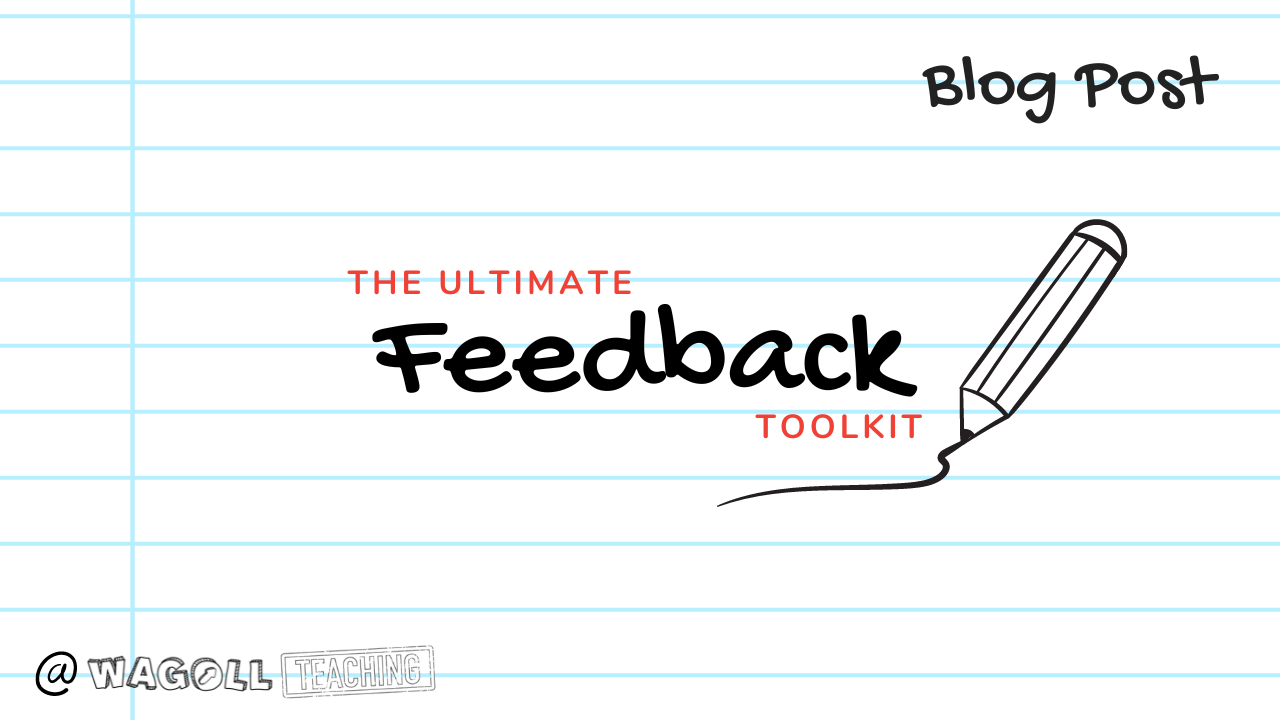
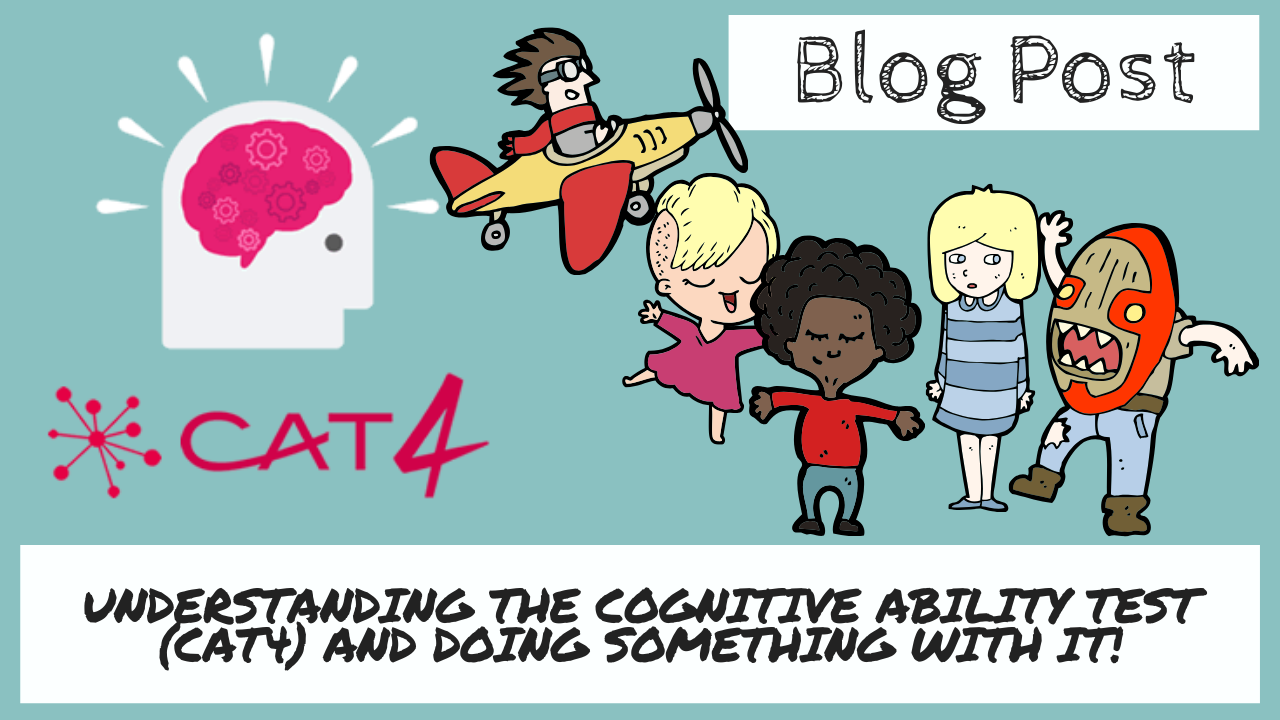





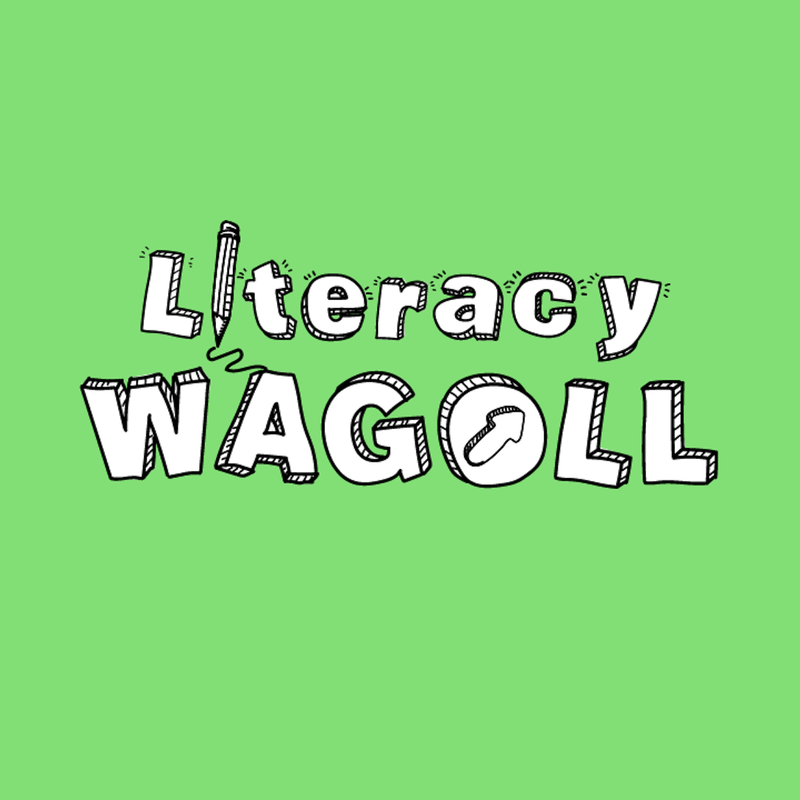
 RSS Feed
RSS Feed


